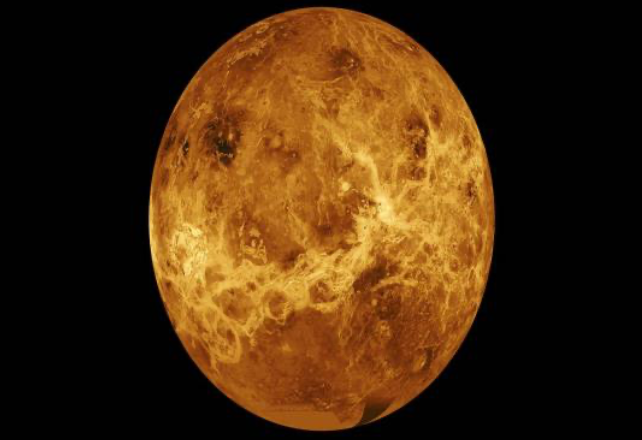North Carolina, June 21: Recently, scientists have identified tectonic motion on the surface of the planet Venus. This sort of tectonic motion is considered to be the result of mantle convection (mantle convection is a slow creeping motion of the thick mantle of Venus caused by convection currents). Although this looks different from the tectonics we currently see on Earth, it is an evidence of interior motion being expressed at the planet’s surface.
In the current study, Dr. Paul Byrne and his colleagues used radar images from NASA’s Magellan mission to map the surface structure of Venus. They have named the structures on Venus that re like tectonic plates “campi”, derived from Latin. In examining the extensive lowlands of Venus that make up most of the planet’s surface, they saw areas where large blocks of the lithosphere (topmost layer) seem to have moved, pulling apart, pushing together, rotating and sliding past each other like a broken pack of ice on a frozen river.
This observation shows that Venus is still geologically active and gives scientists an insight into both exoplanet tectonics and the earliest tectonic activity on Earth.


